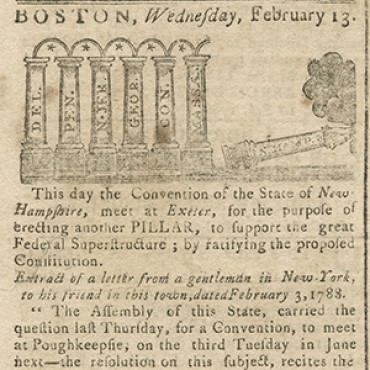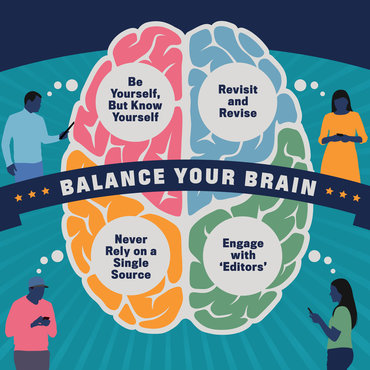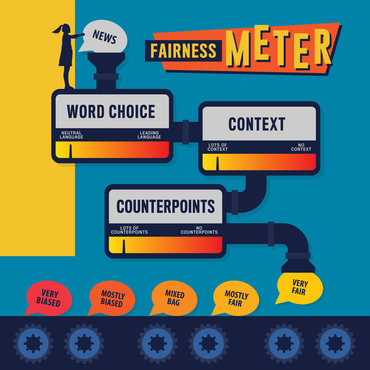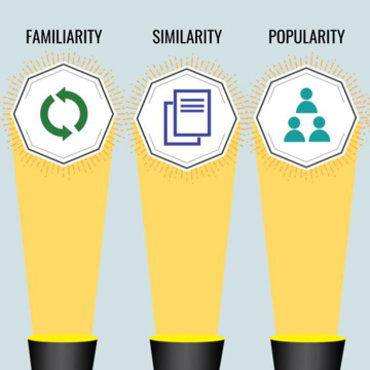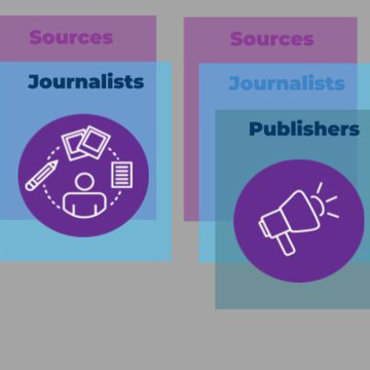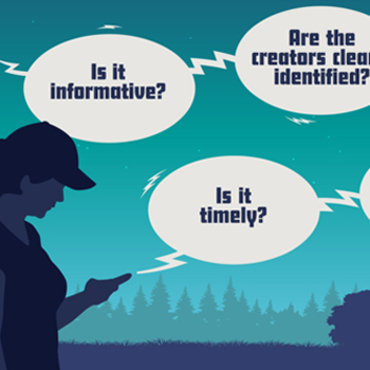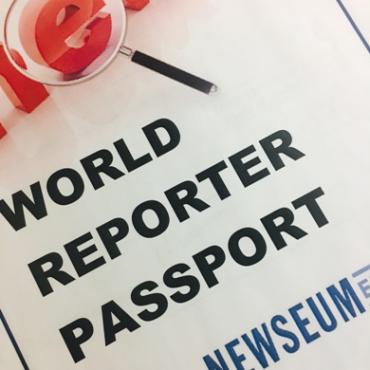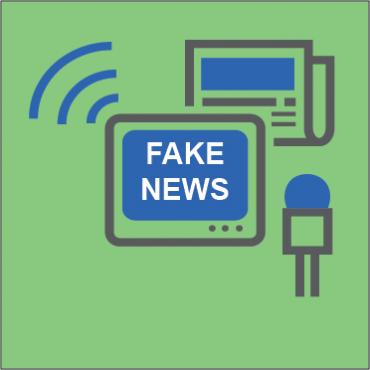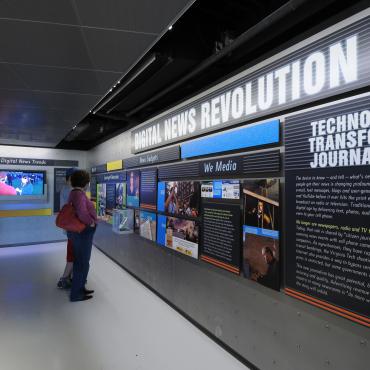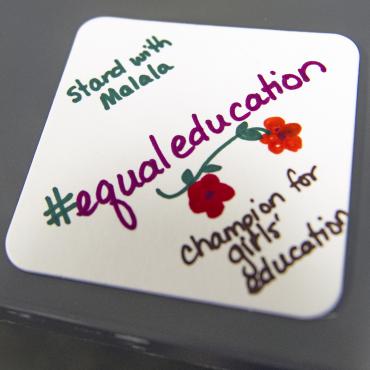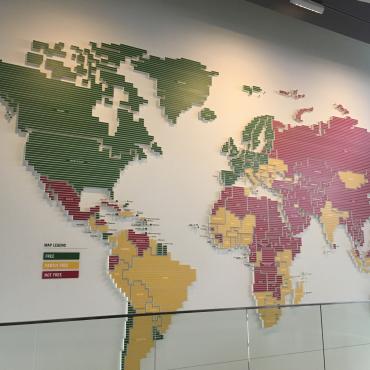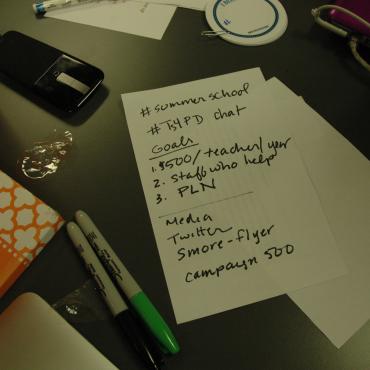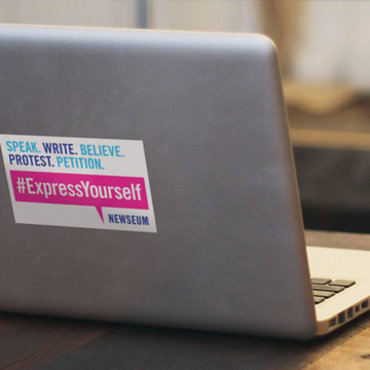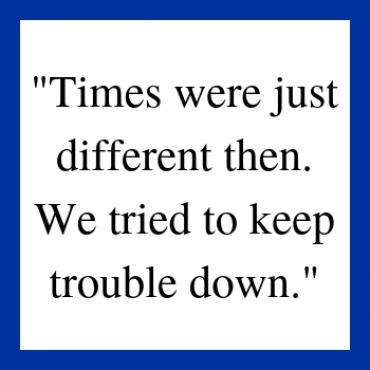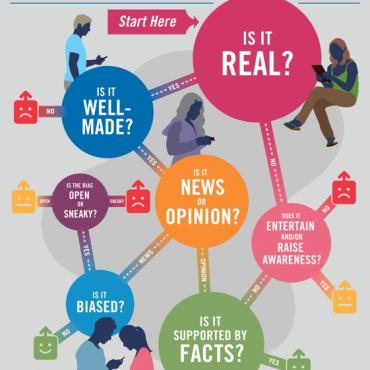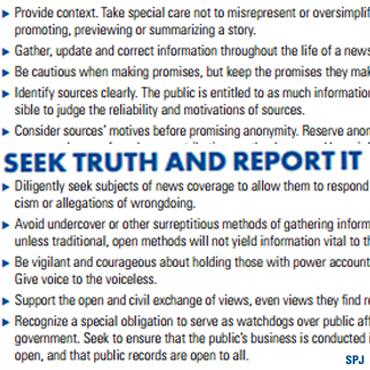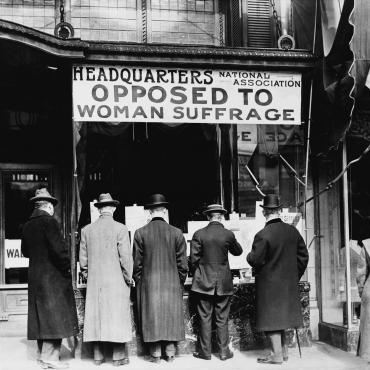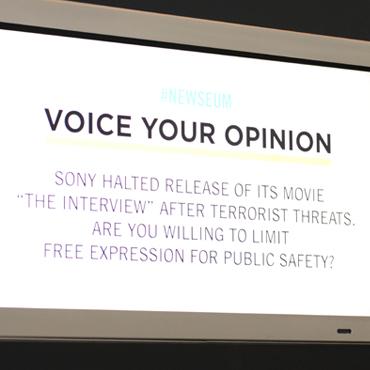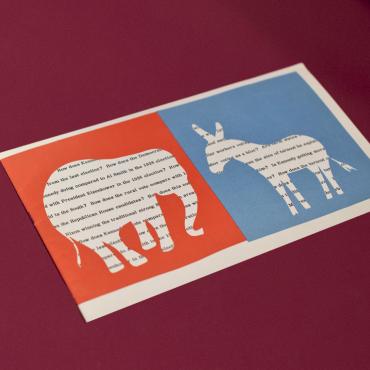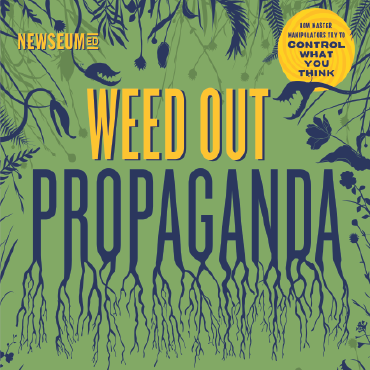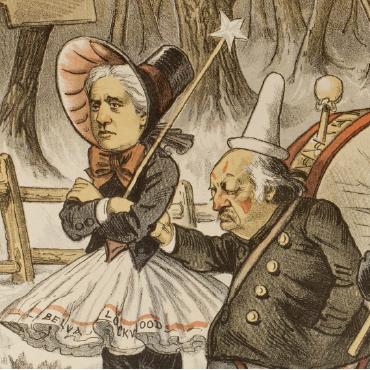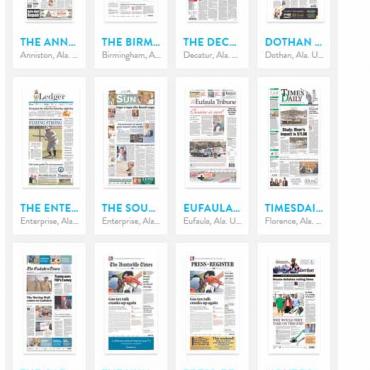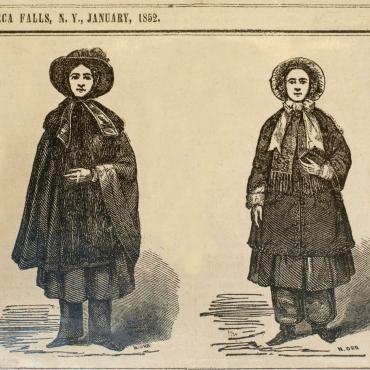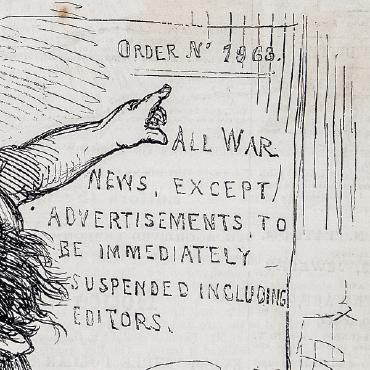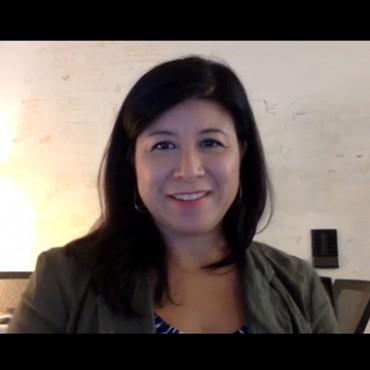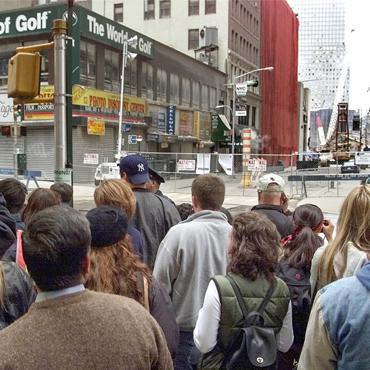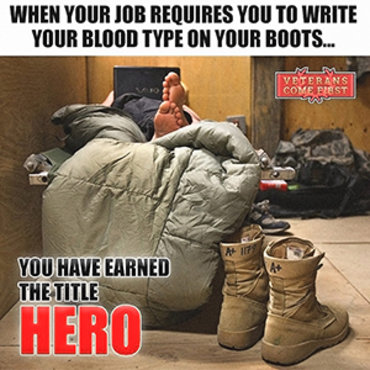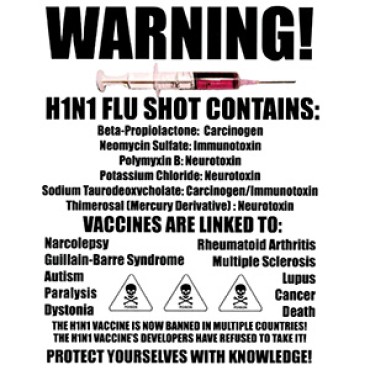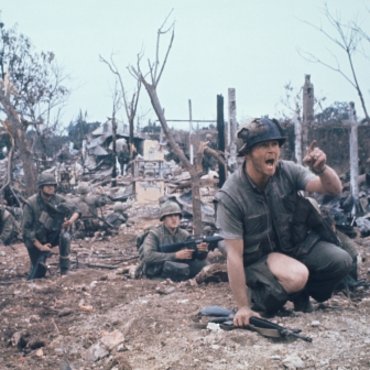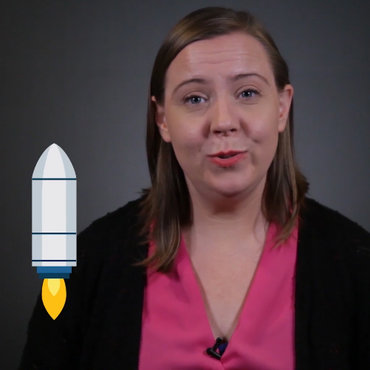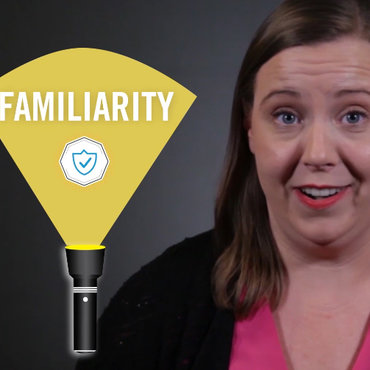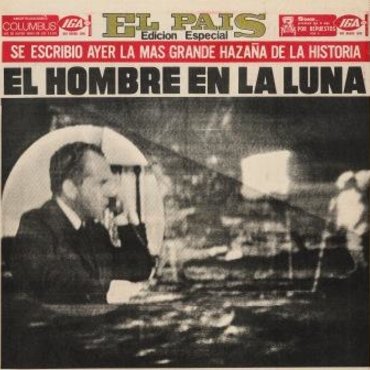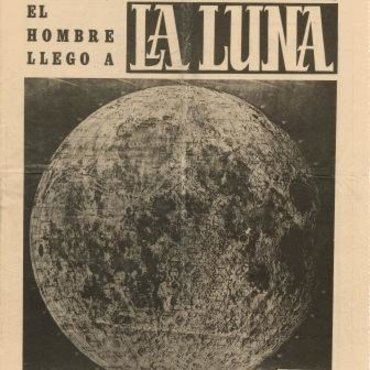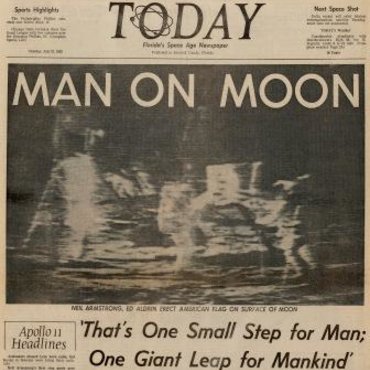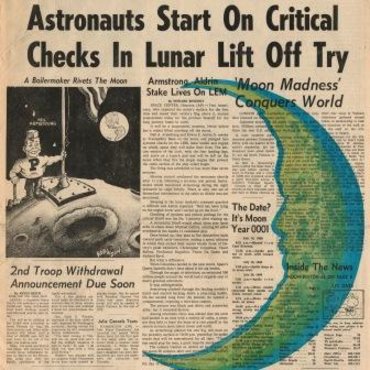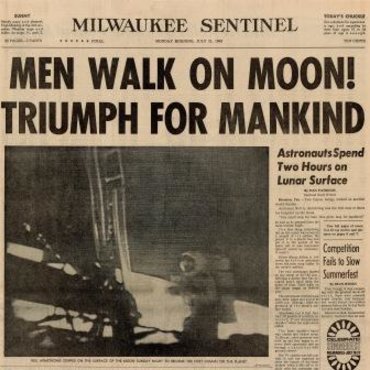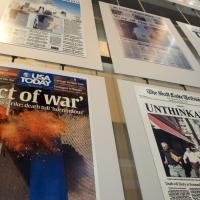
Covering a Catastrophe: Evaluating Disaster News
Students research news coverage of a recent catastrophe and evaluate the information it provides.
Get even more great free content!
This content contains copyrighted material that requires a free NewseumED account.
Registration is fast, easy, and comes with 100% free access to our vast collection of videos, artifacts, interactive content, and more.
NewseumED is provided as a free educational resource and contains copyrighted material. Registration is required for full access. Signing up is simple and free.
With a free NewseumED account, you can:
- Watch timely and informative videos
- Access expertly crafted lesson plans
- Download an array of classroom resources
- and much more!
- Current Events
- Journalism
- 6-12
- Tell students: The news media play an important role in disseminating information in the wake of a disastrous event.
- As a class, have students read the consumer’s questions and discuss their importance. Explain that these questions are used to help evaluate news stories and determine if they are credible.
- Students should find two news reports (articles in print or online, TV news segments, blog posts, etc.) about a recent disaster. Tell them to choose two different forms of media.
- Complete the worksheet.
- Evaluating Disaster News worksheet (download), one per student
- Consumer’s Questions handout (download), one per student
- Newspapers and/or computers with internet access
Have students share their findings. (Students’ answers will vary depending on the event and the type of news source they analyzed.) Ask:
- How many ways are there to share news about a disaster? List on the board the various media, both traditional and nontraditional, such as Twitter and Facebook.
- What are the pros and cons of each of these types of news? (Add to the list.)
- Which news source did you find more engaging? Why might this matter when trying to communicate information after a disaster?
- Did one type of news source emerge as the most useful/informative?
- If you were on the scene after this type of event, what method of sharing news what would you use to report about what was happening?
-
Common Core State Standards: CCSS.ELA-LITERACY.CCRA.R.1
Read closely to determine what the text says explicitly and to make logical inferences from it; cite specific textual evidence when writing or speaking to support conclusions drawn from the text. -
Common Core State Standards: CCSS.ELA-LITERACY.CCRA.R.3
Analyze how and why individuals, events, or ideas develop and interact over the course of a text. -
Common Core State Standards: CCSS.ELA-LITERACY.CCRA.R.8
Delineate and evaluate the argument and specific claims in a text, including the validity of the reasoning as well as the relevance and sufficiency of the evidence.
-
National Center for History in the Schools: NCHS.US History.Era 10
Standard 1: Recent developments in foreign policy and domestic politics Standard 2: Economic, social, and cultural developments in contemporary United States
-
National Council of Teachers of English: NCTE.3
Students apply a wide range of strategies to comprehend, interpret, evaluate, and appreciate texts. They draw on their prior experience, their interactions with other readers and writers, their knowledge of word meaning and of other texts, their word identification strategies, and their understanding of textual features (e.g., sound-letter correspondence, sentence structure, context, graphics). -
National Council of Teachers of English: NCTE.6
Students apply knowledge of language structure, language conventions (e.g., spelling and punctuation), media techniques, figurative language, and genre to create, critique, and discuss print and non-print texts. -
National Council of Teachers of English: NCTE.7
Students conduct research on issues and interests by generating ideas and questions, and by posing problems. They gather, evaluate, and synthesize data from a variety of sources (e.g., print and non-print texts, artifacts, people) to communicate their discoveries in ways that suit their purpose and audience.

